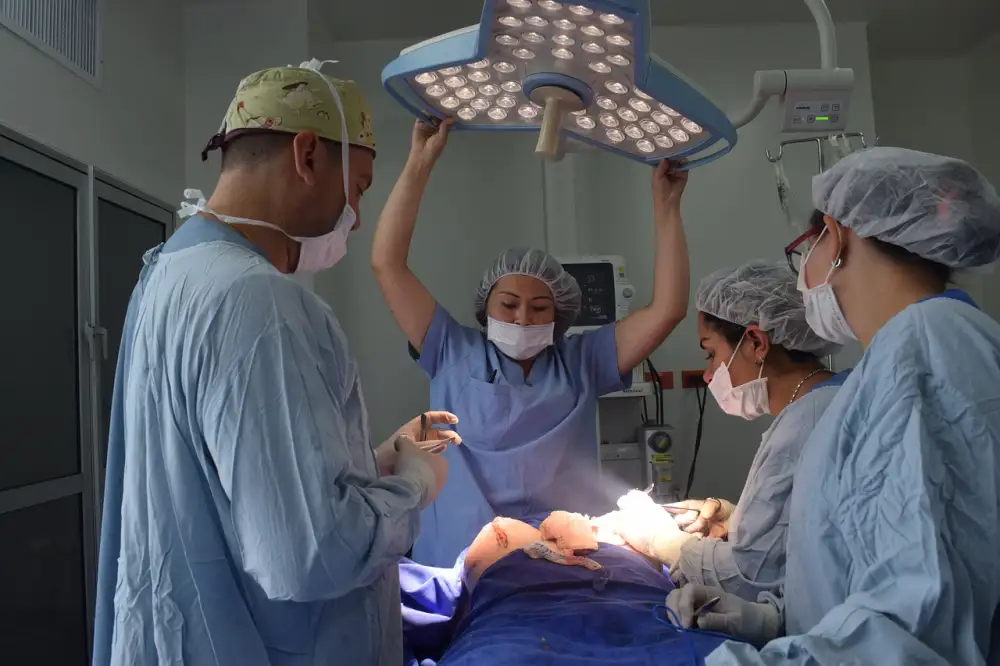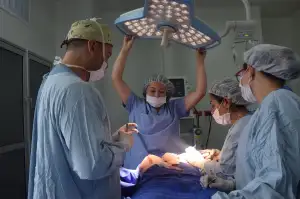Understanding the Risks: When Plasma Fibroblast Treatments Go Wrong

Plasma fibroblast treatments have gained popularity in recent years as a non-invasive cosmetic procedure aimed at tightening and rejuvenating the skin. This innovative technique involves using a device to deliver heat energy in the form of plasma to targeted areas of the skin, stimulating collagen production and promoting tissue regeneration. The result is smoother, firmer skin with reduced wrinkles and sagging. While many individuals have seen successful results with plasma fibroblast treatments, it is important to be aware of the potential risks and complications that can arise when things go wrong.
Common Negative Results of Plasma Fibroblast Treatments
Common negative results of plasma fibroblast treatments may include redness, swelling, and tenderness in the treated area. Some patients may also experience scabbing, crusting, or mild pain post-treatment. In more severe cases, hyperpigmentation or hypopigmentation can occur, leading to changes in skin color. Additionally, blistering, infection, and scarring are potential risks associated with plasma fibroblast procedures gone wrong. It is essential for individuals considering these treatments to be aware of these possible outcomes and consult with a qualified professional before proceeding.
Risks and Complications Associated with Plasma Fibroblast Gone Wrong
While plasma fibroblast treatments can yield impressive results when performed correctly, there are risks and complications associated with the procedure going wrong. Some of the potential adverse effects include scarring, hyperpigmentation, hypopigmentation, infection, and skin texture changes. In severe cases, improper application of plasma fibroblast can lead to burns, nerve damage, or even permanent skin damage. It is crucial for individuals considering this treatment to be aware of these risks and choose a qualified professional for their procedure.
Factors Contributing to Unsuccessful Plasma Fibroblast Treatments
Factors Contributing to Unsuccessful Plasma Fibroblast Treatments can vary but often include inexperienced technicians performing the procedure, improper training leading to errors in technique, using incorrect equipment settings causing burns or scarring, failure to follow pre and post-care instructions, and not considering individual skin characteristics. Additionally, underlying health conditions like diabetes or autoimmune disorders can impact healing processes and increase the risk of complications. It is crucial to thoroughly research and choose a reputable professional with proper training and experience to minimize these risks.
Importance of Consulting with Qualified Professionals Before Undergoing Plasma Fibroblast Procedures
It is crucial to consult with qualified professionals before undergoing plasma fibroblast procedures. Qualified practitioners have the necessary training and experience to assess your skin condition accurately, determine if you are a suitable candidate for the treatment, and discuss potential risks and complications. They can also provide personalized advice on pre and post-procedure care to optimize results and minimize the chances of adverse effects. By seeking guidance from experts in the field, you can ensure a safer and more effective plasma fibroblast treatment experience.
In conclusion, if you experience negative results from a plasma fibroblast treatment, it is crucial to seek immediate medical attention. Do not attempt to treat the complications on your own. Contact the professional who performed the procedure or a dermatologist specializing in skin treatments. Document your symptoms and take photos to track any changes. Be honest about your medical history and follow all post-treatment care instructions provided by healthcare professionals. Remember, early intervention can help minimize potential long-term damage and improve outcomes.
Published: 23. 03. 2024
Category: Health



